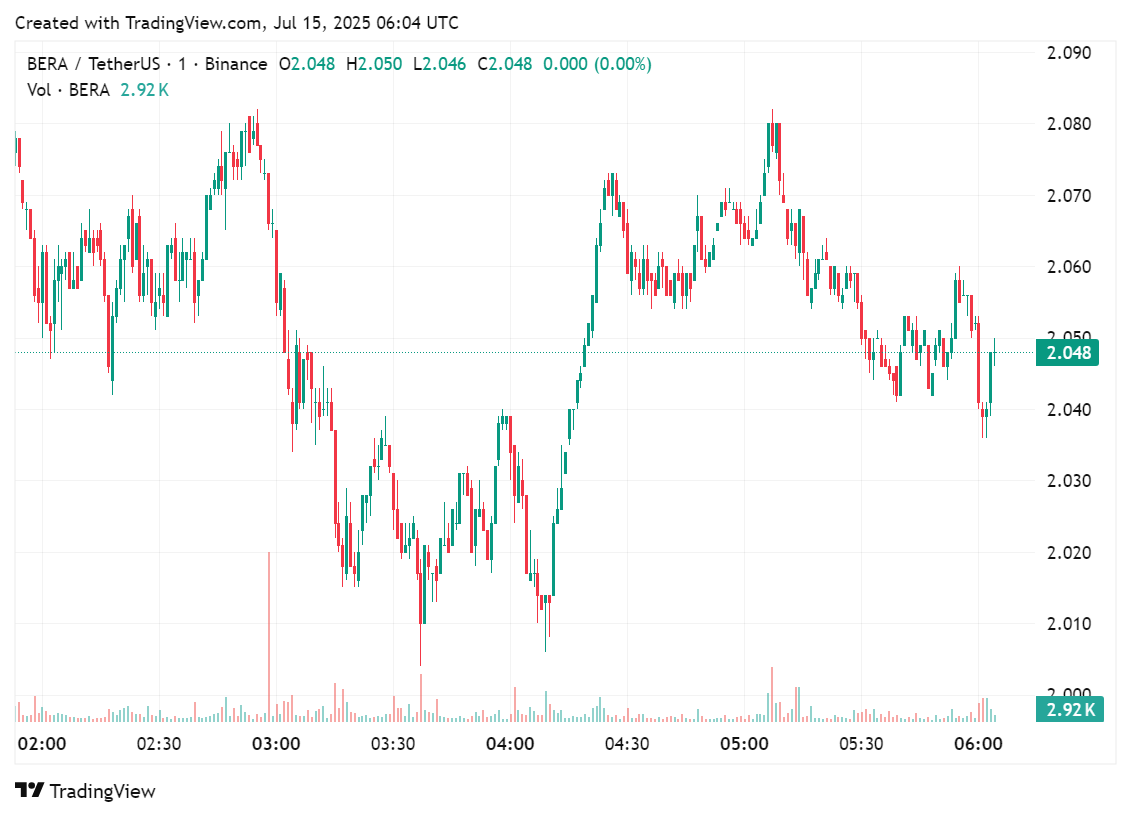Berachain shares new Proof of Liquidity proposal with 33% incentives going to BERA rewards
Berachain mainnet has shared a proposal containing details about its Proof of Liquidity upgrade which would set aside 33% of PoL incentives to the BERA rewards model.
Shared on the mainnet’s public forum, the proposal is meant to introduce a new Proof of Liquidity model called “PoL v2.” The new model would redirect 33% of the current PoL incentives, which are issued to BGT boosters, into a new rewards model to support liquidity for the protocol’s native token BERA (BERA).
“This creates a native, protocol-level yield source for BERA holders, driving demand and utility without displacing existing stakeholders,” wrote Berachain’s co-founder, Smokey the Bera, in the proposal.
At the moment, the protocol is seeking feedback from the Berachain community until July 20. If the proposal gains a majority vote of approval, the mainnet will go live on July 21 this year.
Under the new model, BERA holders will be able to receive additional income directly from the protocol. The mechanism works to support the token’s utility and earning potential, in hopes of making it more attractive for holders.
In addition, the model implements a seven-day “unbonding” period for staked BERA, which would suppress arbitrage and encourage holders to keep their BERA tokens long-term instead of falling into short-term token farming patterns.

“During the unstaking period, the unstaked BERA amount will not receive further rewards,” continued Smokey.
Smokey also noted several other tokens which have implemented similar models, which include HYPE (HYPE), ENA (ENA) and KAITO (KAITO). The model also supports LST staking, which would enable BERA stakers to earn validator rewards alongside yield from Proof of Liquidity.
When the proposal first went live, the mainnet’s native token BERA saw a sharp spike in value, reaching as high as $2.25. However, the high was short lived as it quickly corrected itself back to the borderline $2.00 to $2.10 range and has not recovered since.
Despite the brief jump, Berachain’s token saw a surge in trading volume following the proposal’s release. In the past 24 hours, BERA’s daily trading volume increased by 315.10%, indicating a renewed interest among traders who may be tempted by the promise of rewards that could come about for holders.
At press time, BERA has gone up as much as 1.8% in the past 24 hours. It is currently trading hands at a price of $2.05.
You May Also Like

What the U.S. shutdown tells us about market resilience

Ripple News: Trump’s CFTC Nominee Has History on XRP’s Side, Here’s Why
